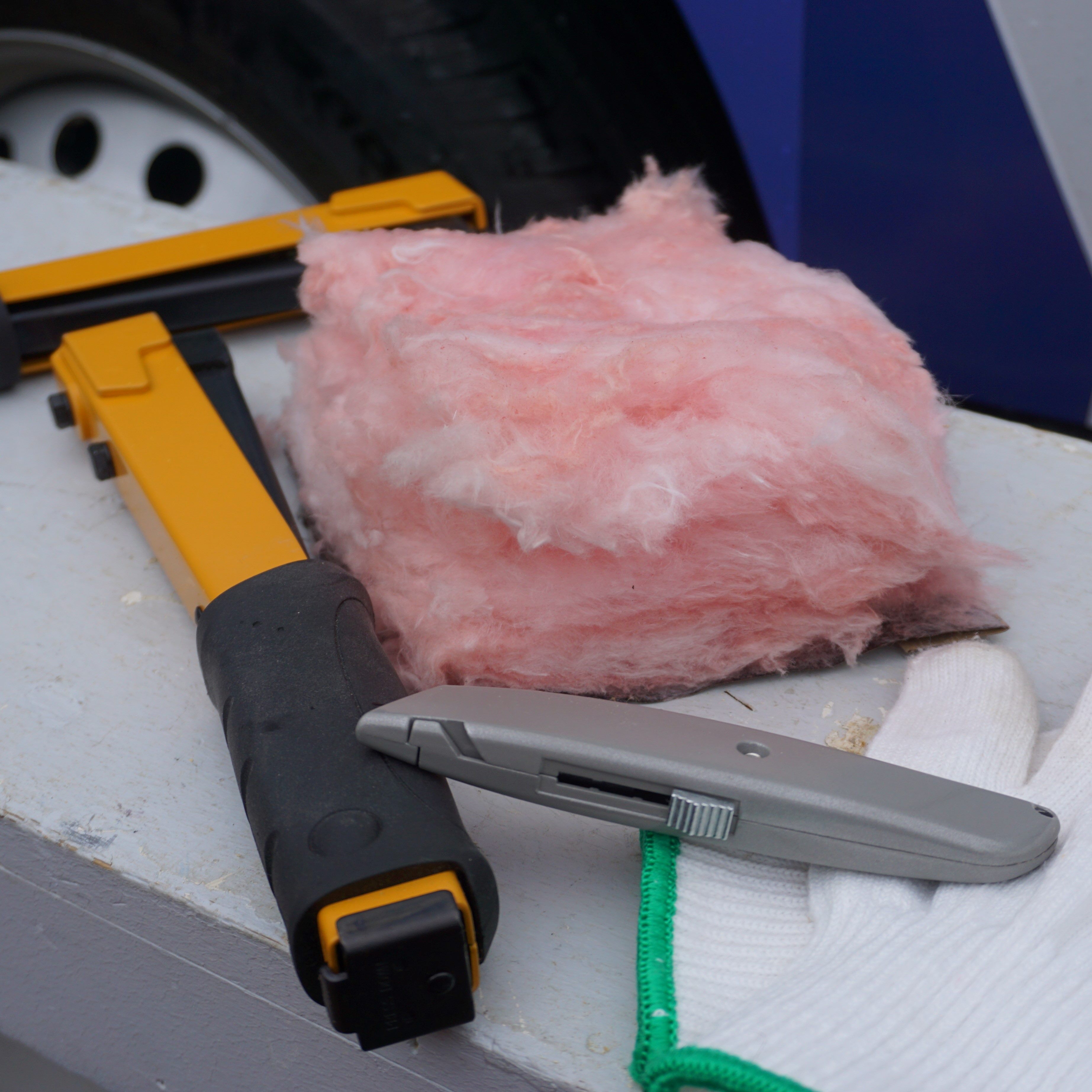
The Science Behind Insulation - Koala Insulation | Canton
Are you feeling the chill of the winter wind or the sweltering summer heat in your home, no matter how hard your air conditioning/furnace work? The culprit may be inadequate insulation! Insulation is the unsung hero of home comfort and lower energy bills, working quietly in the background to keep your living space cozy and energy efficient. Have you ever wondered how insulation works though? In this blog post, well take an interesting look at the science behind insulation and explain how this vital material keeps your home comfortable all year round.
To grasp how insulation works, we first need to understand the way heat is transferred. Heat will naturally flow from warmer areas to cold areas until there is no temperature difference. What this means during the winter time, is that heat is always trying to escape your home, whereas during the summer time, heat is looking to get indoors. Insulation works by reducing the transfer of heat through three processes: conduction, convection, and radiation.
Conduction is the transfer of heat through a solid material, such as the walls or roof of your home. Insulation is very efficient at reducing conduction as it creates a barrier between the inside and the outside of your home. The barrier slows heat loss through the walls and roof, which helps keep your home at a balanced comfortable temperature.
Convection is the transfer of heat through the movement of air or liquid, such as warm air rising to the top of your living room or bedroom. Insulation also helps reduce this type of heat transfer by slowing down the movement at which air travels through your walls and roof. This will also help maintain balanced temperatures throughout your home, allowing your HVAC units to operate more efficiently.
Radiation is the transfer of heat through electromagnetic waves, such as sunlight beating through a window. Insulation will assist in reducing the effects of radiation in your home by reflecting or absorbing some of those waves. This will be more important during the peak summer times or in generally hotter environments.
The effectiveness of insulation is measured by its R-value, which reflects how well it resists the transfer of heat. The higher the R-value, the more effective the insulation will be at slowing down heat transfer. That is why two of the most important things when considering insulation is the type as well as how to install it.
There are several different types of insulation available, each with its own set of pros and cons. Fiberglass insulation is one of the most common types and is made of tiny glass fibers that are woven or pressed into batts or blown into spaces. Cellulose insulation is made of recycled paper products that have been treated with fire retardants and blown into spaces. Spray foam insulation is applied as a liquid and then expands to fill the space, creating an airtight seal. Rigid foam insulation is typically made of polystyrene and comes in sheets that are installed on walls or roofs. Insulating concrete forms (ICFs) are blocks or panels made of foam that are filled with concrete and provide both insulation and structure for a building. Each type of insulation has its own advantages and disadvantages, depending on factors such as cost, R-value, ease of installation, and environmental impact.
One of the vital considerations to make when looking at insulation, is how to make sure it is installed properly. Even if you select the best insulation, it wont provide optimal results if it is improperly installed. Most common mistakes when installing insulation is leaving gaps or valleys in the material, not getting an adequate depth of material, or compressing the material which will then reduce its effectiveness. It is also important to make sure the insulation is being put into the right locations to effectively create a complete barrier around your home’s living space. To make sure your insulation is installed properly and effectively, your best option is to let the professionals take on the task. At Koala Insulation of Canton, we provide free, no obligation evaluations of your home’s insulation needs. We make sure the job is done right, every time.
Ready to book your free insulation evaluation?
We have 3 convienant ways for you to get in touch
We Provide Insulation Services to the Following Canton Areas
ALLIANCE, HARTVILLE, LOUISVILLE, CANTON, NORTH CANTON, EAST CANTON
Counties Served
STARK
Zip Code
44601, 44632, 44641, 44702, 44703, 44704, 44705, 44707, 44709, 44711, 44714, 44718, 44720, 44721, 44730
